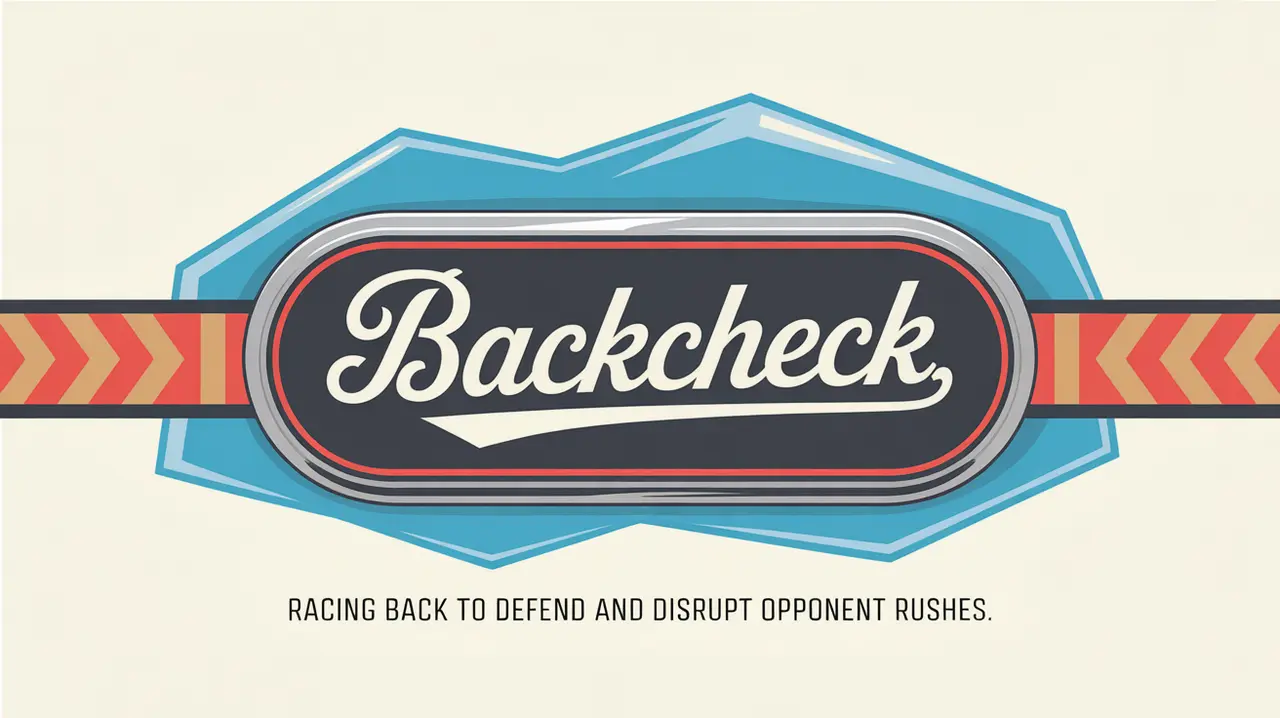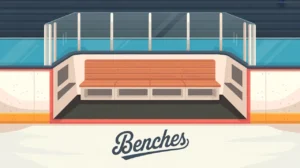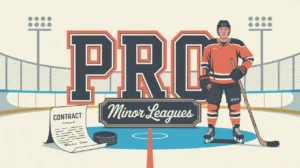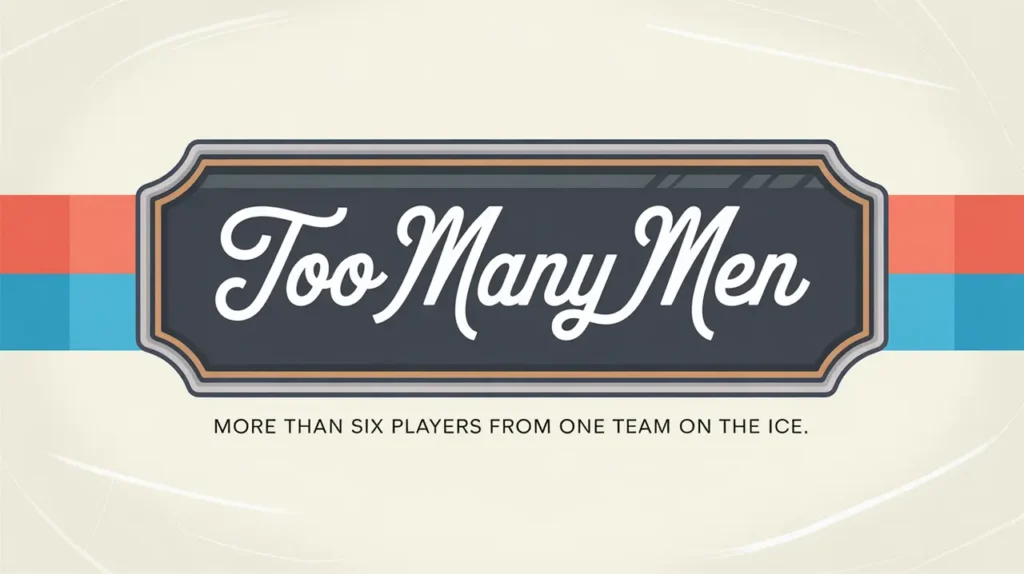Jim’s Intro to Backcheck
Hi folks, Jim here, the only commentator who once joined a backcheck drill for “fun” and realized halfway through that fun and oxygen deprivation don’t mix.
What is backcheck?
Backcheck is the defensive effort by players as they skate back toward their own zone to stop an opponent’s attack. It begins the moment possession is lost. Effective backchecking limits odd-man rushes, pressures puck carriers, and helps defensemen regain structure before the opponent can set up a dangerous play.
How does it work?
Backchecking is about speed, awareness, and positioning:
- Immediate Reaction: As soon as the puck is turned over, forwards pivot and race back to support.
- Track Your Man: Players pick up opponents in transition, staying between them and the net.
- Angle the Attack: Skaters use stick and body positioning to steer attackers toward less dangerous lanes.
- Stick Pressure: Active sticks disrupt passes, slow down rushes, and force attackers wide.
- Layered Defense: Forwards backcheck into the zone to help defensemen, covering high danger areas or late trailers.
- Communication: Calling out assignments helps avoid coverage gaps.
How do you make good decisions with it?
- React Instantly: Don’t coast after a turnover. Your first strides back are crucial.
- Pick Up Threats Early: Identify who’s most dangerous and cover accordingly.
- Don’t Overcommit: Maintain control rather than lunging for risky stick checks.
- Match Speed and Angles: Force the puck carrier into predictable paths where help awaits.
- Stay Connected: Work with defensemen to avoid double coverage or missed trailers.
How do you master it?
Mastering backcheck is about conditioning, anticipation, and discipline. Players train to pivot quickly, read transition plays, and maintain speed through neutral ice. Good backcheckers don’t just chase. They steer, disrupt, and support. Coaches drill these habits until they’re automatic.
What does it look like when done right?
A great backcheck looks decisive and organized. Attackers race up ice, but defenders close lanes, late options are covered, and the rush fizzles before reaching danger. Often, a strong backcheck leads to a turnover and counterattack.
Commentator’s Corner
Jim’s Take
A lazy backcheck is like leaving the door open in a snowstorm. It only takes one to let the cold in.
Parent Tip
Backchecking isn’t glamorous, but it’s a game-changer. Praise hustle plays, not just goals.
Player Tip
Commit early, angle smartly, and communicate. Backcheckers who think and skate fast save goals every game.
A Final Thought
Backchecking might not fill highlight reels, but it wins games. The best teams backcheck as hard as they attack, turning defense into opportunity.









